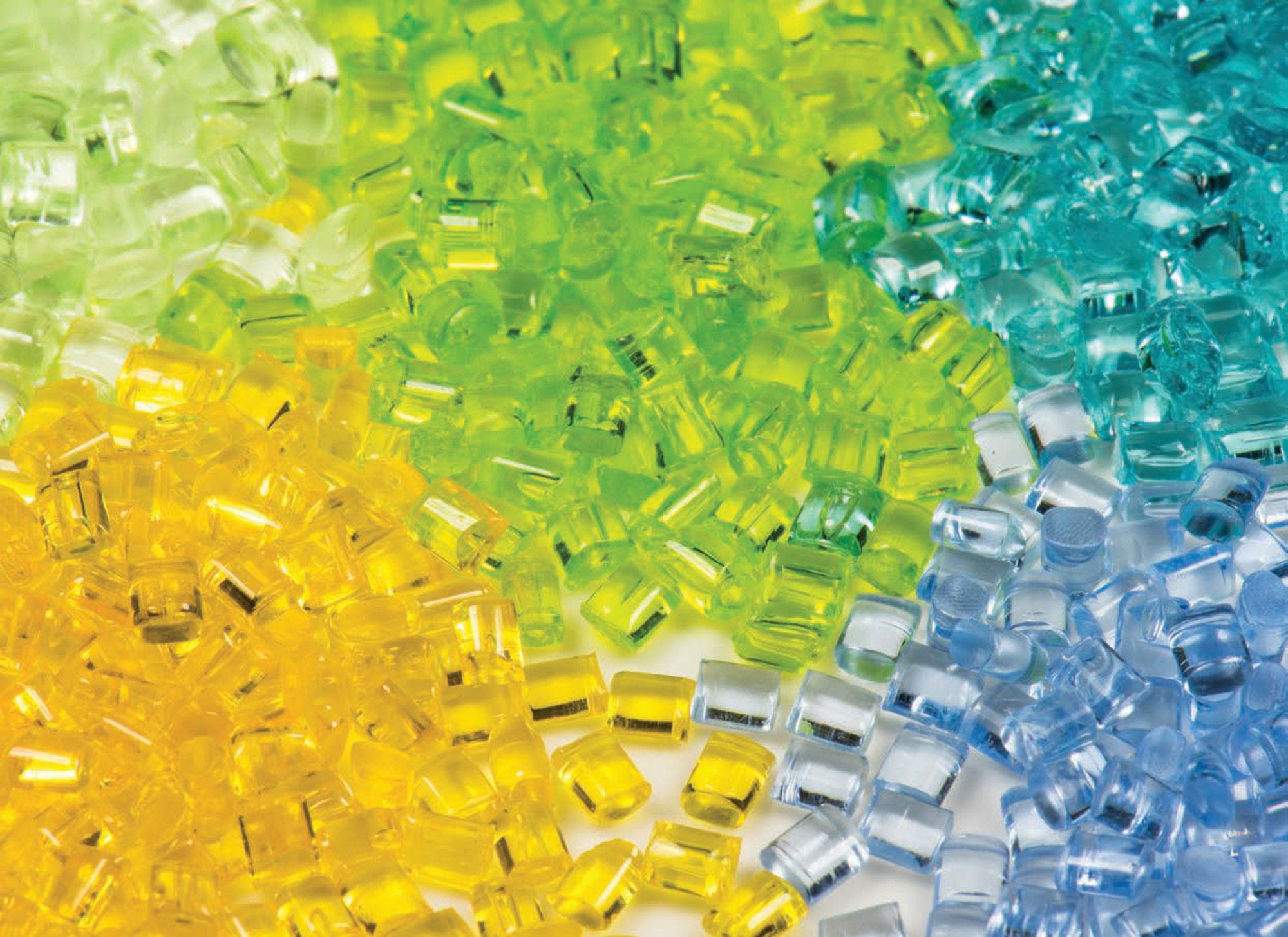The development of plastic products does not systematically take sustainability, particularly from a chemicals perspective, into account. The challenge in creating sustainable plastic products revolves around the selection of sustainable materials, but also the overall system within which the product circulates. A sustainable plastic product operates in a system, to which the design of the product and its plastic materials are adapted.
The objective of this document is to enable the creation of inherently sustainable plastic products by integrating sustainable chemistry thinking in the design process. Sustainable plastics have been outlined by the OECD to be “plastics used in products that provide societal benefits while enhancing human and environmental health and safety across the entire product life cycle”.
This study builds on the OECD report ‘Considerations and criteria of sustainable plastics from a chemicals perspective’ and four OECD case studies in the building and packaging sectors.
The report focuses on the chemicals perspective of the material selection process when plastic is the material of choice. While other material choices could provide sustainable solutions and should be considered at the design stage, this is not within the scope of the report. The information presented equips designers and engineers with knowledge of how to manage the complexity of finding the most sustainable plastic for their products. The main contributions of this report are an overall approach to sustainable plastic selection from a chemicals perspective, and the identification of a set of generalizable sustainable design goals, life cycle considerations and trade-offs. While other elements also factor into selection of a sustainable solution (e.g. economic, societal), these are not within the scope of this report.
Designers need to set sustainable design goals as they consider sustainable plastics selection from a chemicals perspective. It is recommended that these build upon the following set of principles derived from the American Chemical Society (ACS) Green Chemistry Institute’s (GC) design principles of sustainable chemistry and engineering:
Maximise resource efficiency.
Eliminate and minimise hazards and pollution.
Design systems holistically and using life cycle thinking.
Based on the principles, the following sustainable design goals can be set and also added to depending on the level of ambition of the company. These design goals are further elaborated in the report.
Select materials with an inherently low risk/hazard.
Select materials that have a commercial ‘afterlife’.
Select materials that generate no waste.
Select materials that use secondary feedstock or biobased feedstock.
At a final, more granular level, the following general considerations for sustainable design from a chemicals perspective were identified as key elements for designers to take into account for each life-cycle phase when selecting material composition. While presented as the main considerations of individual phases, ultimately these considerations are brought together as a whole-product assessment and optimisation taking the whole life-cycle into account.





